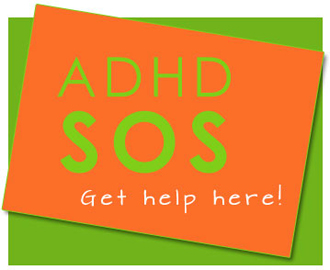“Don’t worry” “It’ll be ok” “Just relax” “Don’t think about that”
When you are feeling anxious, worried or afraid, you might receive some well intended advice to just stop worrying and the feeling will all go away.
As if it were so easy.
Rarely does it happen that way.
Many of us worry about all kinds of things: money, health, family, relationships, work.
Some concerns are valid, but many are unnecessary and quite frankly out of our control.
No matter what kind of worry you have, the response on your body is always the same: It increases your cortisol levels.
And long-term elevated cortisol level is something you definitely do not want.
Cortisol ( a stress hormone) compromises your immune system and as a result you will be more susceptible to disease, both physically and mentally.
Ever heard of “I’m worried sick?”
Luckily there are ways to shift your body from a stress response to a relaxation response, which will shut down increased cortisol production and make you feel way better.
Let’s start by getting clear on why you may be feeling stressed, worried, anxious or afraid. Is it that you are feeling uncertain or powerless.
I suggest getting a paper and pen and writing down your concerns.
Ask yourself:
What am I worried about?
What are my beliefs around this situation?
Is this circumstance a fact or an opinion?
What’s the evidence?
What part of this situation can I control or change? How?
If I cannot change the circumstance, am I willing to let it go?
This exercise will help you gain clarity and come up with possible solutions and let go of the things that you can’t change. By writing down your stressors, you may feel like you are taking action by emptying your mind and you will start to relax as you feel lighter and less tense.
Next, develop a daily practice of diaphragmatic breathing. Repeat various times a day.
- Breathe in through your nose, slowly and deeply, for a count of 4 as your belly expands. The breath should originate from your diaphragm and belly instead of your chest.
- Hold that breath for 4 seconds.
- Exhale, out through your mouth, slowly for a count of 6.
- Hold. Wait a few seconds before taking another breath.
Others things that help:
- Stretching (including your jaws and shoulders)
- Exercise (even a brisk walk helps)
- Acupressure (there’s lots of good points- google them)
- Warm epsom salt bath (magnesium is calming)
- Diffusing soothing essential oils or applying them with a carrier oil to the soles of your feet or the back of your neck.
- Calming herbal teas such as chamomile or lemon balm.
- Visualizing your happy place. Focus on the different sensory attributes present in your scene. For instance, if you are imagining a beach scene, spend some time vividly imagining the warmth of the sun on your skin, the smell of the ocean, seaweed and salt spray, and the sound of the waves, wind and seagulls. The more you can invoke your senses, the more vivid the entire image will become.
- Meditation ( even if it’s just lighting a candle and staring at the flame)
- Journaling
- Watch a funny video. Laugh.
- Listening to music
- Sleep
The most important part of taming your worries is the mental piece, the story you tell yourself. By offering yourself alternate positive possibilities you begin the calming process. By creating a calm environment you further support your body ability to regulate.
Keep things in perspective and know that the more you practice these tips, the better you will feel. Think of it as a cumulative effect.
So what are you waiting for? Now is the perfect time to start taking those deep breaths 🙂



